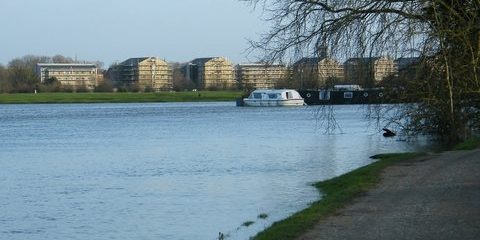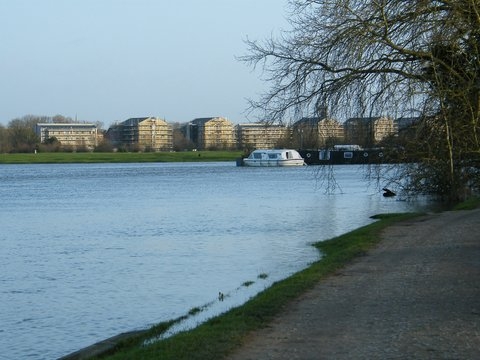University says sorry, but refuses to foot the bill

13th February 2015

University turns down resolution to lower Castle Mill buildings at Port Meadow as price tag too high, but admits it got things wrong and promises to do better in future.
The University Congregation turned down a resolution to take a storey off its controversial Castle Mill accommodation blocks at Port Meadow by 536 to 210.
The resolution will now go out to a postal vote so that all those eligible can have a say.
Whilst the result is clearly disappointing, it did at least mark a turning point in the University’s stance, with University Registrar Prof Ewan McKendrick quoted in the Oxford Times as saying that: ‘We did not do enough, soon enough, to engage in or to listen over Castle Mill. We can, and we should, do better; and we are committed to doing so.’
Whilst accepting the harm that had been done, we believe the dons rejected the motion because of an unsubstantiated £30million price tag put forward by the University, which they were told would impact on their research and teaching budgets.
Whatever the outcome of the final ballot, the matter will still have to be addressed by Oxford City Council.
Unlike Congregation, the City Council cannot take costs into account when it considers the best mitigation option, which is taking one floor off the Port Meadow flats. Planning laws require the City Council to decide whether the loss of 38 rooms, out of the total student housing provision of 14,500, justifies the substantial harm the Castle Mill flats have inflicted on Oxford’s celebrated skyline and protected sites such as Port Meadow.
Our legal advice is that the loss of 38 rooms does not justify this harm, and we will be watching with interest to see what the City Council proposes.
Helen Marshall, Director, CPRE Oxfordshire, said: “At the start of this campaign, the City Council and the University entirely dismissed local people’s concerns. We now have an Environmental Impact Assessment which clearly lays out the level of harm caused by the development and a promise from the University that such a failure of planning process will never be allowed to happen again. These are signficant achievements, but still do not put right the actual damage caused, so we now need both the City Council and the University to work together to find appropriate solutions.”
